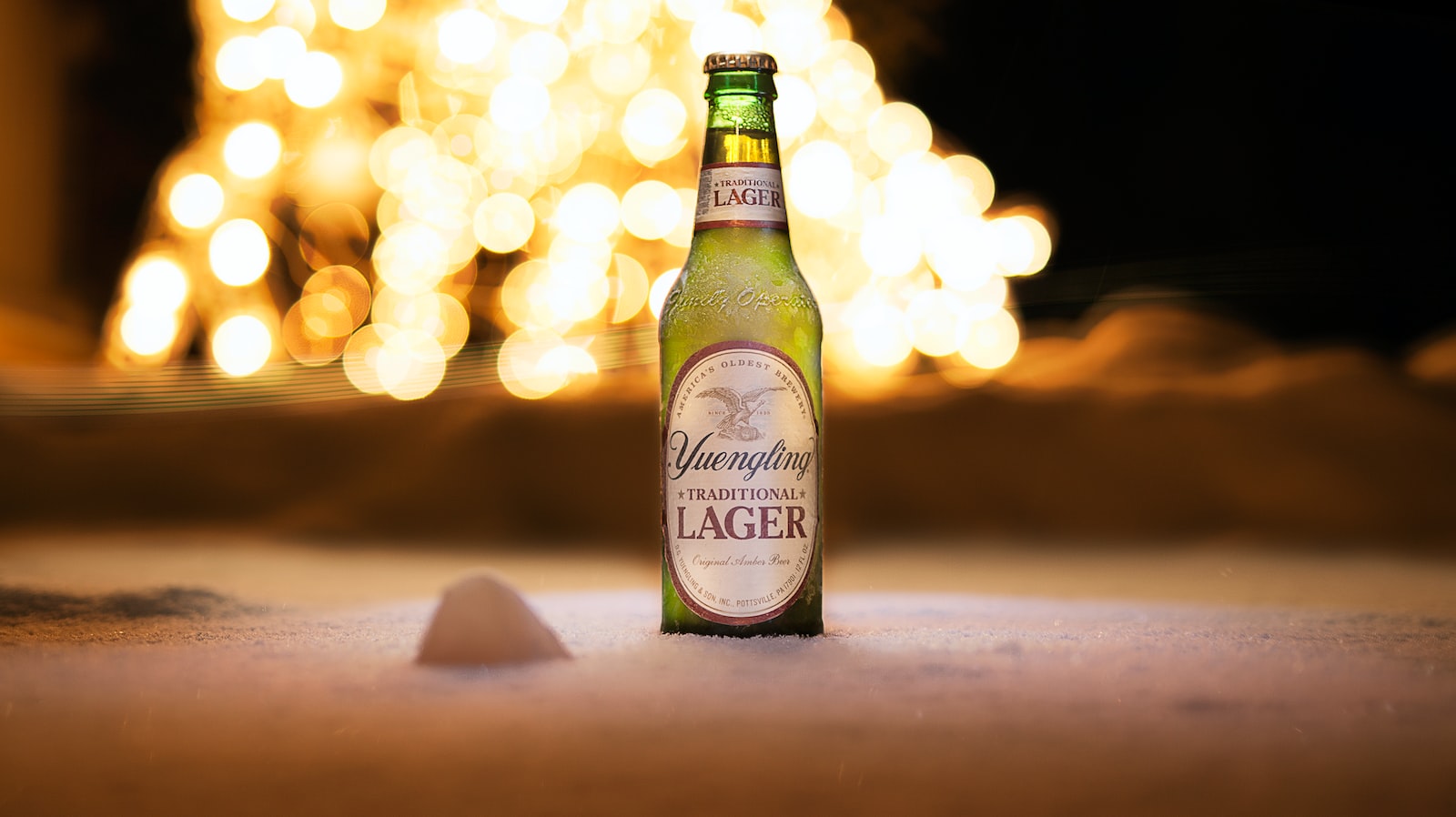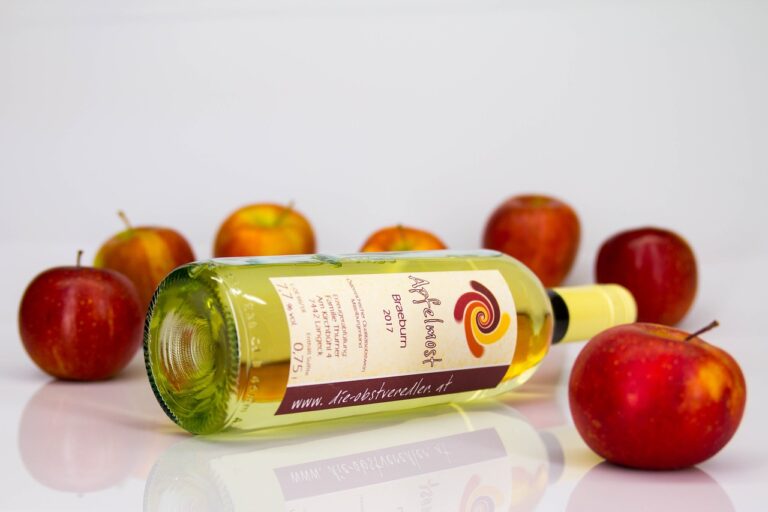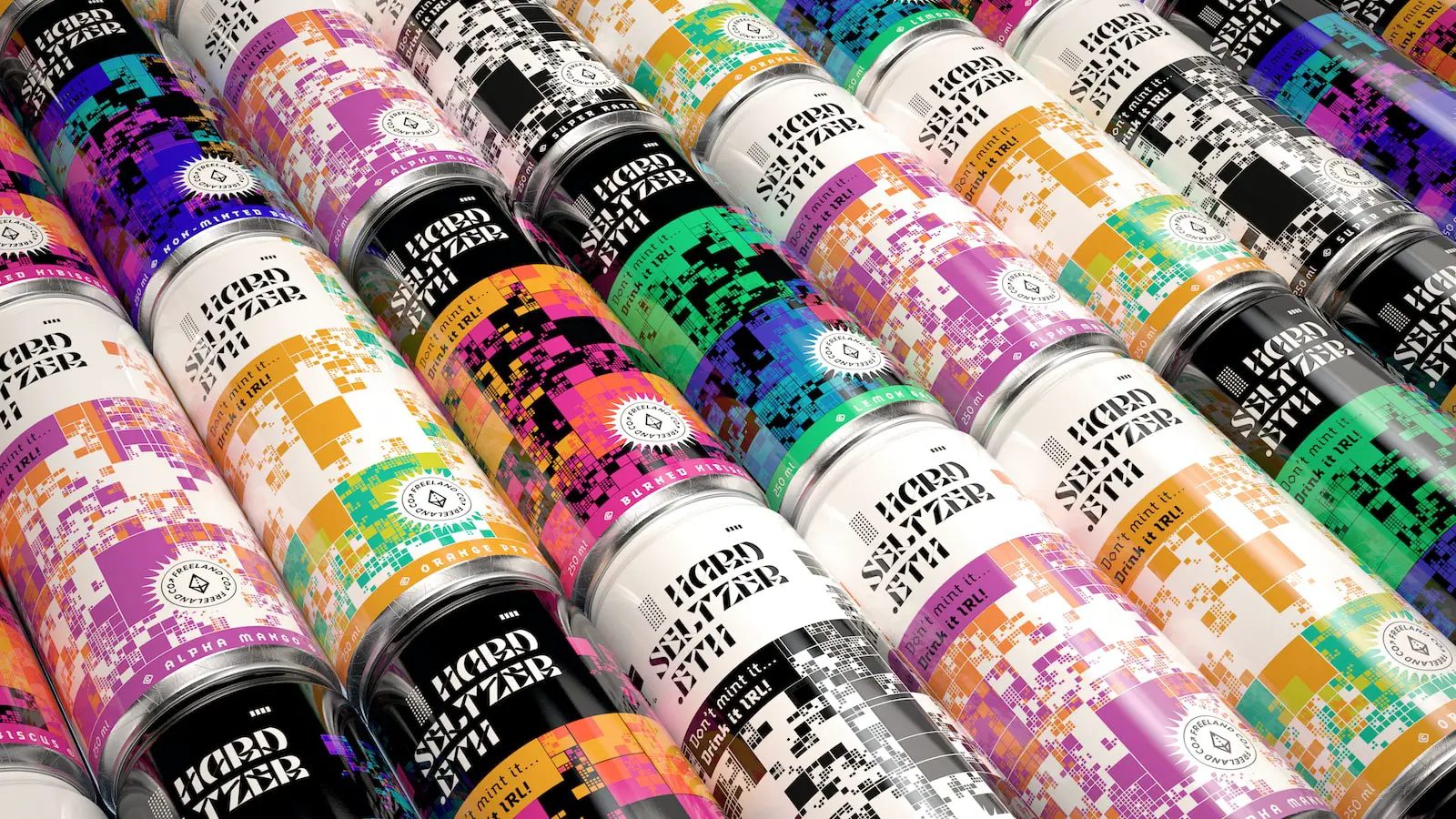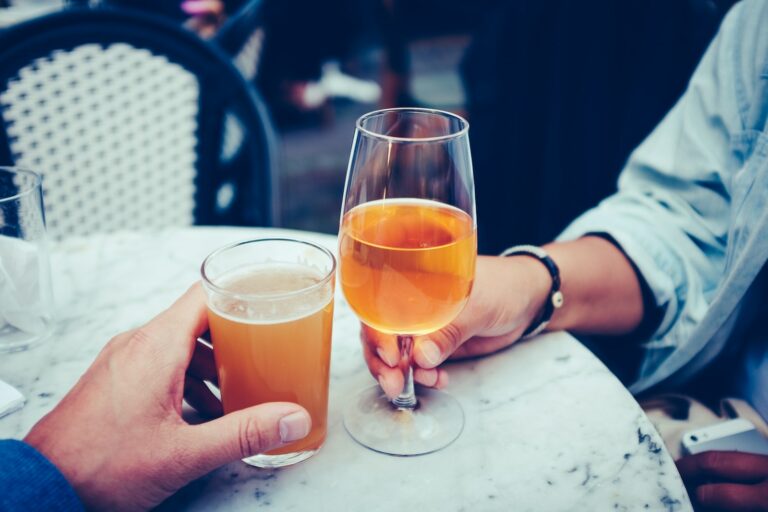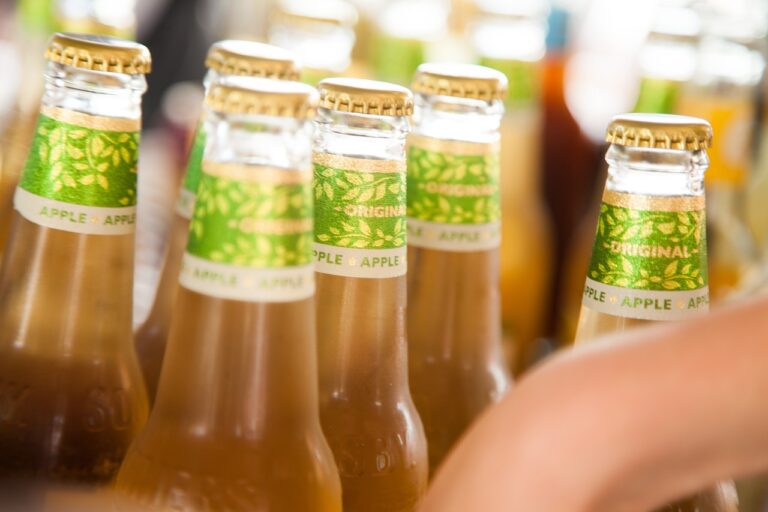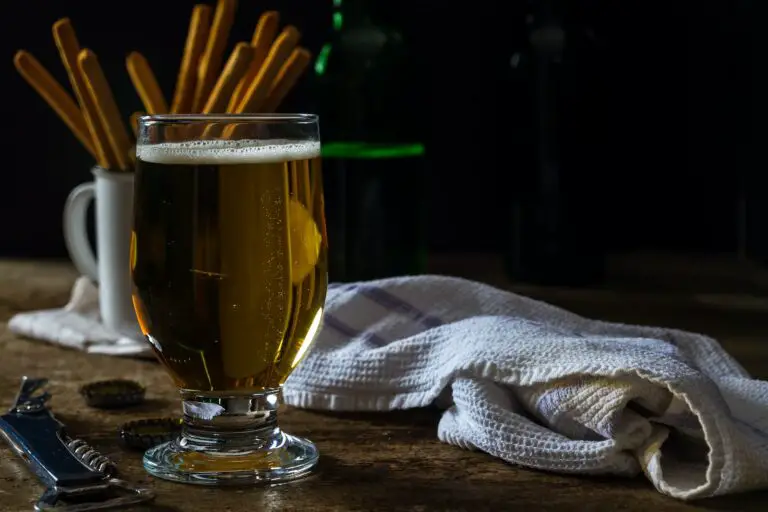Suppose, you’re at the bar, and a counter with a wide selection of beers is in front of you. It can be overwhelming due to the different types and colors. So, what is the difference between lager and bitter?
First, the fundamentals, lager and bitter are the two primary varieties of beer. Lager goes through a cold process of yeast fermentation. It is typically served chilled and has a light yellow color.
Hops are added to ale during the fermentation process as a flavor enhancer and preservative. Ales are also referred to as bitter because of their gold or brown color and stronger bitter flavor than lager.
Real ale has live yeast and is naturally fizzy because it has fermented in the same container that it is served from. It will be served through a hand pump in a bar. This product is very conventional.
What Is an English Bitter
English bitter Beer is a type of pale ale and is frequently referred to as bitter. The most common beer on tap in UK pubs during the 20th century was bitter.
Probably due to its slightly stronger flavor than a light lager, but unobtrusive and fairly mild bitterness, this beer is popular. English bitters go well with other options, like golden lagers or session ales.
For those who prefer more flavor and a slight bitterness in their beer but aren’t looking for anything extreme, overbearing, sweet, or heavy, English bitters and pale ales are typically popular choices.
Bitter beers can have a wide variety of flavors and levels of complexity. The English bitter is a style that has developed over time; there are both lighter, milder versions and stronger, bold versions.
English bitter comes in a few different sub-categories that are categorized according to the amount of alcohol in the beer.
- Light bitter ale, about 3% ABV
- Regular bitter, 3.1-4.1% ABV
- 4.2-4.7% ABV for special bitter
- Premium or strong bitters range from 4.8 to 7%+.
These classifications can generally be applied to pale ales as well, so if you’ve had a really good session bitter and are looking for a beer that tastes similar, try a pale ale with an ABV of between 3.1% and 4.1%.
What Is Lager Beer
The most popular kind of beer worldwide is lager. It is brewed using bottom-fermented methods, which produce crisp, refreshing beers, though they are a remarkably diverse group.
Most of America’s well-known beers, such as Budweiser, Busch Lite, Coors, Miller Genuine Draft, and PBR, are classified as lagers. Lagers have an ABV of 4.5–13%, 5–45 IBU bitterness, and color 2–30 SRM.
How Do Lager and Bitter Beer Differ
In recent years, some microbreweries are producing more flavorful pilsners, pils, Kolsch, etc. types of sour beer, and others inspired by lager.
However, these have more flavor than popular brands like Carling and Fosters, which are now frequently brewed in Burton under license to taste the same as other similar lagers!
Lager and Bitter are very distinct from one another. The latter can be mild or very malty and intricate. Lager yeasts are much more temperature-tolerant than yeasts used in bitter.
Lower temperatures, which are typically somewhere around 45-55°F, lessen the number of byproducts produced during the fermentation process and result in a cleaner, crisper beer.
Additionally, a lager is a bottom-fermented beer. Where at bottom of the fermentation tank, the yeasts that are used to ferment beer flocculate. The yeasts used in bitters, on the other hand, are top-ferment.
Bitter beer or Ales are less tolerant of prolonged ageing than lagers. These beers can age for months at significantly lower cellar temperature changes, 54-57°F.
Lagers are a more recent type of beer, whereas, in 1000 A.D., hops were first used to brew alcoholic beverages, primarily ales.
Bitter Beer Contains More Hops
Almost all beer styles lager, bitter and ale contain hops, but the amounts of hops in a bitter varies from the amount in a lager.
The finer hop flavors can emerge during the cold treatment process of a lager, giving it a more delicate flavor without sacrificing the contributions the hops can make to the finished beer.
In contrast, bitters typically contain much higher concentrations of hops, in part because hops give the beer a protective layer as it ferments at higher temperatures.
However, the quicker, warmer method of brewing bitter beer also means that there might be more bitterness in the final product, which can be a benefit or a drawback depending on your preferences.
Which beer—bitter or lager—is ideal for you?
There are many different bitter styles, but there are only a handful of larger styles. Generally speaking, lagers have a light, crisp flavor that is smooth. They have more carbonation and less bitterness than ales.
Read on, if you want to learn more about the distinctions and correlation between bitter and lager so you can start deciding for yourself which is best.
However, some are very dissimilar. Oktoberfest and dunkels are renowned for their malty flavors, and bocks, which can be amber to dark brown, have a great barley flavor.
Although there are numerous variations of beer, there are just two main categories: bitters and lagers. You recognize them by title, but can you tell which ones are in your beer towers, kegerators, or growlers?
Their flavor, amounts of hops, and other characteristics vary, but their fermentation yeasts are typically what set them apart. Additionally, lagers have a crisper taste than bitter, which has a fruitier flavor.
Conclusion
It’s impossible to generalize about what bitter taste like because they come in such a wide variety.
However, generally speaking, if it’s a beer, not recognizable as a lager, and has a robust, depth of flavor of any kind, it’s probably a bitter beer.
Contrasted with mild, bitter is bitter. Lagers come in a variety of colors and bitterness levels. More citrusy yeast character, less carbonation, and frequently much hop fragrance than lagers are the defining characteristics.
Bitter is served feet warm than lagers because it should be consumed at a temperature close to that of fermentation. Typically, bitters are prepared and served earlier.

